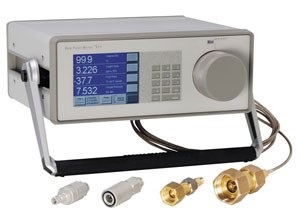Teck Global offers complete SF6 handling, testing and auditing services in compliance with NGERs. This includes:
- Gas Extraction
- Gas Transfer
- Gas Filling
- Gas Analysis
- Leak Detection

SF6 Usage in the Energy Industry
Gas insulated switchgear (GIS) is the most compact form of switchgear that is used to reduce the footprint of outdoor switchyards or as a compact alternative to Air Insulated or Insulated Switchgear. All tier 1 manufacturers of GIS offer complete ARC Flash containment to IEC 61439 which offers reduced risk to operators and equipment during operation. The insulating medium, Sulphur hexafluoride (SF6) is an amazing gas which offers superior performance to even mineral oil. It is even self-healing when ionisation occurs, the SF6 molecules are broken down into their components Sulphur and Fluoride they quickly recombine to form SF6 again. Sulphur hexafluoride is colourless, odourless and heavier than the air and is not considered as toxic. However, it displaces oxygen and can cause asphyxiation in high concentrations.
It’s not all peaches and rainbows as SF6 has been identified as a potent greenhouse gas and is subject to differing environmental legislation around the world. In Western Australia, all users of SF6 must comply with the National Greenhouse and Energy Reporting Scheme (NGER) which involves compiling a register of SF6 Gas and leakage rates of equipment.

SF6 Testing Requirements
CIGRE has released multiple papers in order to keep the Energy Industries use of SF6 as environmentally safe as possible. They recommend testing SF6 gas in GIS switchgear 6 months after commissioning and every 3-6 years after in order to track leakage, moisture content and purity to ensure Reliability and Safety of operation.
Post Arc Flash Investigation
Arc Flashes in GIS Switchgear have the potential to form highly toxic bi-products due to moisture content in the GAS chamber. It is necessary to test for SO2 after such an event which is an indicator gas for the presence of Hydrofluoric Acid. If SO2 is detected, the gas must be extracted and disposed of by an authorised and experienced hazardous gas contractor and Suitable PPE must be worn by all involved.
